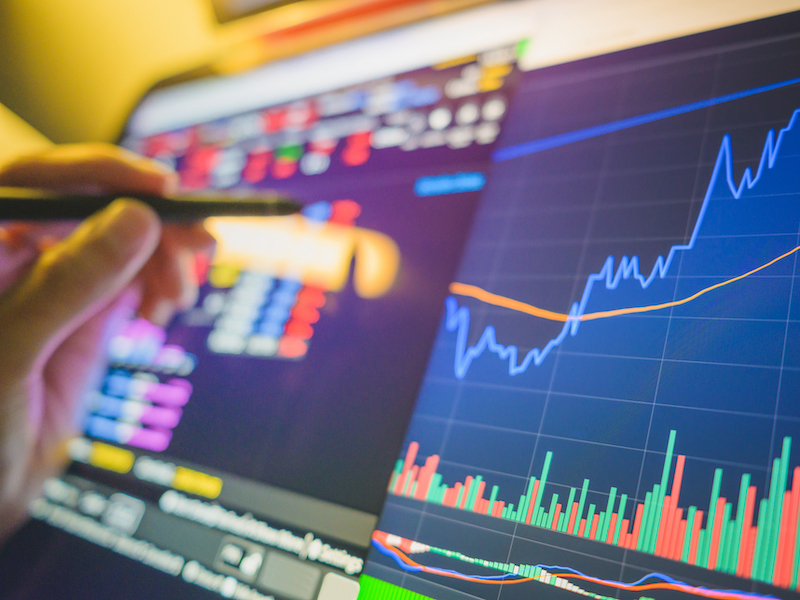
Compounding effect of dividends could rescue a tough year
Kevin McCreadie of AGF Management says dividend stocks offer a degree of certainty in an uncertain market
- Featuring: Kevin McCreadie
- February 25, 2025 February 21, 2025
- 13:01
- From: AGF Management

(Runtime: 5:00. Read the audio transcript.)
**
With more economic volatility likely on the horizon, the stabilizing power of dividend investing looks more attractive than ever, says Kevin McCreadie, CEO and chief investment officer of AGF Management Ltd.
Speaking on the Soundbites podcast this week, McCreadie said 2025 is unlikely to see the kind of outsized returns experienced in 2023 and 2024. As portfolios struggle for performance, dividends may come to the rescue, he said.
“While we’re positively constructive on the equity market longer term this year, it’s going to be met with a lot of volatility,” McCreadie predicted. “This is the third year of a bull market. Let’s capture as much of the return that we can get from that compounding effect [of dividends].”
He said the additional 2%–3% of return offered by dividend stocks could help turn a mediocre year into a good one for investors.
“You will see a lot of those dividend names outperforming and holding an anchor to the portfolio,” he said. “So, it’s not just about getting to the certainty of the return through the dividend. It’s about giving you some stability within the portfolio to help you ride through the volatility.”
He said market volatility is being fed by normalized interest rate levels, combined with increasing uncertainty over the new U.S. administration’s policies, particularly with regard to trade, geopolitics and spending.
“Within Canada, where there’s a lot of pessimism right now around the economy because of this tariff situation, I would take the other side,” he said. “We’ve successfully cut rates pretty aggressively, you’re starting to see demand pick up slightly, and whatever the tariff situation will become, I believe you’re going to have a very accommodative central bank on the backside.”
He said just buying the TSX index — which is trading at an attractive 13 or 14 times — investors can get a dividend yield of 2.7%.
“Compare that to a Canadian five-year bond at 2.7% and a very different taxation, or even a 10-year bond at 3% with a very different taxation,” he said. “Canadian dividends look pretty good to me.”
He said choosing dividend-paying stocks is not about looking for the highest payout.
“You need to understand how sustainable that is. Sustainability for me is, look at the payout ratio. How much of the dividend is being paid out of the cash flow?” he said. “Stay away from those really high payout ratio names.”
Companies that pay out the majority of the cash they earn have less ability to grow, McCreadie said.
“The day they run into an economic hiccup, and that earnings or cash flows go down, their ability to pay that dividend will be challenged.”
He is also cautious of companies that are highly levered, with interest rates still in flux.
“If the debt load is too high and they have to cut someplace and they fear getting a debt downgrade, they probably cut or reduce the dividend,” he said.
Finding good dividend payers often involves looking further afield, McCreadie added.
“I always tell people, broaden your landscape about dividends. Think more globally,” he said. “In the U.S., because it’s had such a big run, your dividend yield is probably in the low ones. In Canada, you’re in the high twos. You go to places like Europe, like the U.K., you’re in the mid-threes, 3.5%.”
He also said there are more sectoral opportunities.
“You can get yield besides just [in] utilities and REITs,” he said. “You can go into material, energy companies. But do it around the world.”
**
This article is part of the Soundbites program, sponsored by Canada Life. The article was written without sponsor input.

